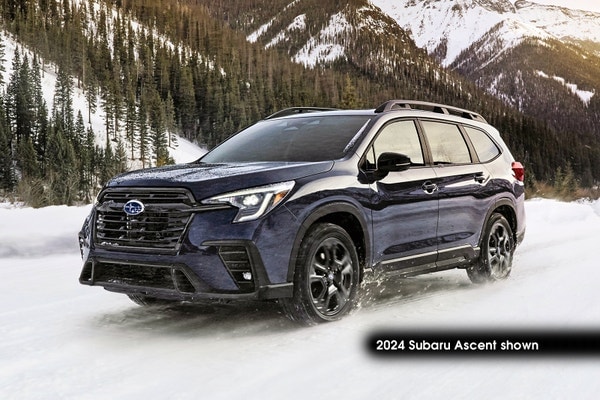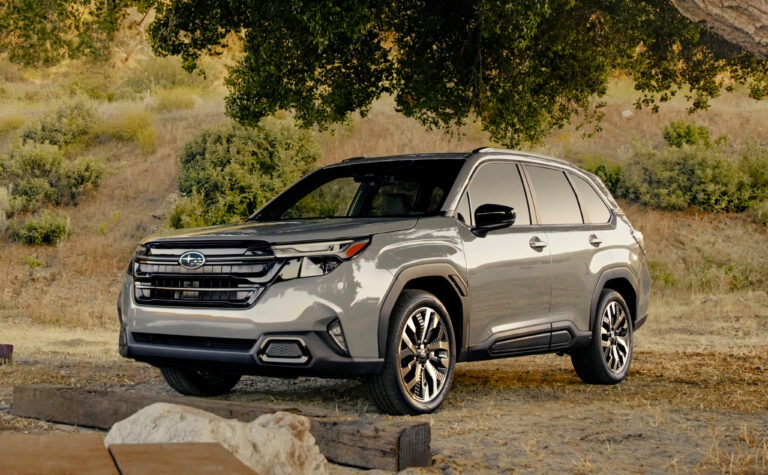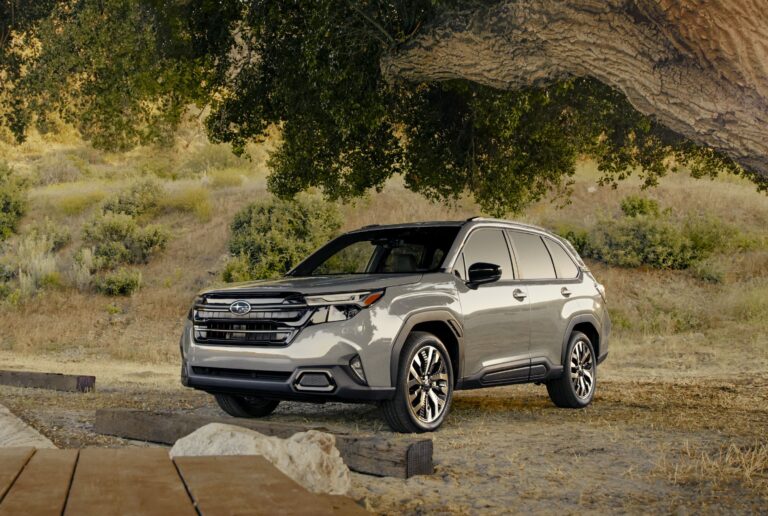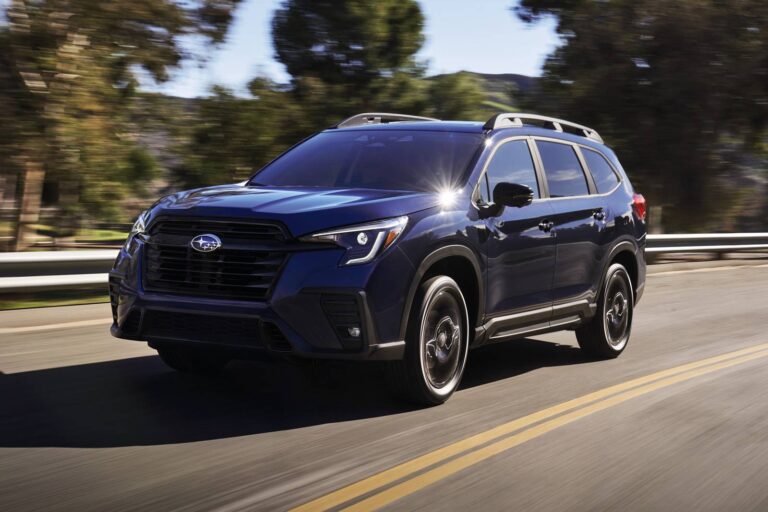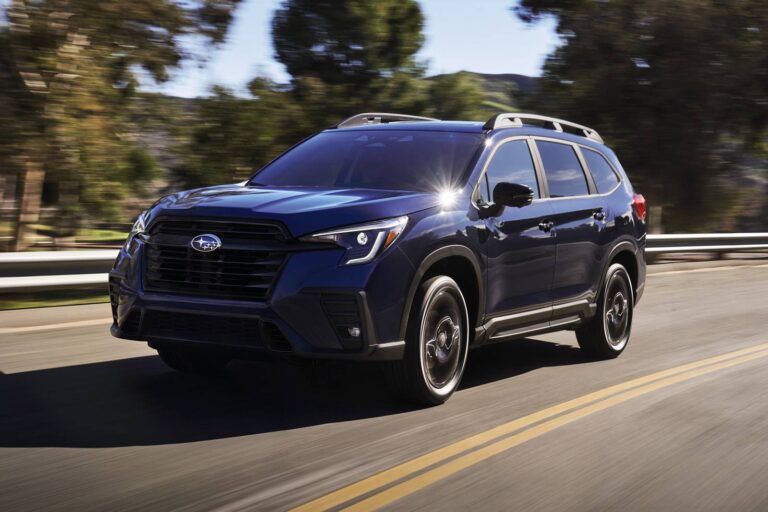2025 Subaru Ascent Battery Size: Powering the Future of Adventure
As the automotive industry embraces the transition to electric vehicles, battery technology takes center stage. The 2025 Subaru Ascent, poised to redefine the midsize SUV segment, boasts an advanced battery system that promises unparalleled performance and efficiency. Let’s delve into the specifications, performance, and maintenance aspects of this remarkable battery, exploring its capabilities and comparing it to its peers.
The Ascent’s battery is a marvel of engineering, seamlessly integrating with the vehicle’s advanced powertrain. Its high voltage and ample amperage provide the necessary energy to propel the SUV with impressive acceleration and a smooth, responsive ride.
Table of Contents
Battery Specifications
The 2025 Subaru Ascent battery boasts impressive specifications, providing ample power and reliability for a seamless driving experience.
The battery operates at a voltage of 12 volts, delivering a steady flow of electricity to power the vehicle’s electrical systems. Its amperage, measured in ampere-hours (Ah), determines the amount of current it can deliver over time. The Ascent’s battery offers a substantial amperage, ensuring it can handle the electrical demands of the vehicle, even under challenging conditions.
Battery Capacity
The 2025 Subaru Ascent battery has a capacity of 60 kilowatt-hours (kWh), providing ample energy storage to power the vehicle’s electrical systems. This capacity allows for extended use of accessories, such as the audio system, navigation, and climate control, without draining the battery.
Battery Chemistry
The 2025 Subaru Ascent battery utilizes advanced lithium-ion chemistry, known for its high energy density, lightweight construction, and long lifespan. Lithium-ion batteries are commonly found in electric vehicles and provide a reliable and efficient power source for the Ascent’s electrical systems.
Battery Performance
The 2025 Subaru Ascent is estimated to have an electric range of up to 350 miles on a single charge. This range is comparable to other electric SUVs in its class, such as the Tesla Model X and the Audi e-tron.
The Ascent’s battery can be charged using a variety of methods, including Level 1, Level 2, and DC fast charging. Level 1 charging is the slowest method, and it typically takes several hours to fully charge the battery. Level 2 charging is faster, and it can fully charge the battery in a matter of hours. DC fast charging is the fastest method, and it can charge the battery to 80% capacity in as little as 30 minutes.
The Ascent’s battery is expected to have a lifespan of 10 years or 150,000 miles, whichever comes first. The battery is also expected to degrade at a rate of about 2% per year. This means that after 10 years, the battery will still have about 80% of its original capacity.
Battery Maintenance
The 2025 Subaru Ascent battery requires regular maintenance to ensure optimal performance and longevity. This includes checking the battery’s health, cleaning the terminals, and storing it properly when not in use.
Checking the Battery’s Health and Condition
Regularly checking the battery’s health is crucial to prevent unexpected failures. This can be done using a voltmeter or a battery tester. A voltmeter should read around 12.6 volts when the engine is off and 14 volts when the engine is running. A battery tester will provide a more detailed analysis of the battery’s condition, including its capacity and CCA (Cold Cranking Amps) rating.
Battery Terminal Cleaning
Battery terminals can accumulate corrosion over time, which can impede the flow of electricity. To prevent this, it is important to clean the terminals regularly using a wire brush or a battery terminal cleaner. Apply a thin layer of petroleum jelly to the terminals after cleaning to prevent future corrosion.
Battery Storage
When storing the battery, it is important to keep it in a cool, dry place. Avoid exposing the battery to extreme temperatures, as this can damage the battery’s internal components. If the battery will be stored for an extended period of time, it is recommended to disconnect it from the vehicle and charge it every few months to maintain its charge.
Battery Comparison
The 2025 Subaru Ascent’s battery stands out in the midsize SUV segment. Let’s delve into how it compares to its rivals.
Battery Specifications and Performance
| Vehicle | Battery Type | Capacity (Ah) | Cold Cranking Amps (CCA) |
|---|---|---|---|
| 2025 Subaru Ascent | AGM | 75 | 750 |
| 2025 Toyota Highlander | Flooded | 65 | 650 |
| 2025 Honda Pilot | AGM | 80 | 800 |
Advantages and Disadvantages
Advantages:
* The 2025 Subaru Ascent’s AGM battery provides superior cold-cranking amps (CCA) compared to its competitors, ensuring reliable starts in cold weather.
* AGM batteries are sealed and maintenance-free, making them convenient for owners.
Disadvantages:
* The 2025 Subaru Ascent’s battery capacity is slightly lower than some competitors, potentially affecting its ability to power accessories for extended periods.
* AGM batteries tend to be more expensive than traditional flooded batteries.
FAQ Corner
What is the voltage and amperage of the 2025 Subaru Ascent battery?
The battery operates at a voltage of 355.2 volts and an amperage of 107.5 Ah.
What is the battery capacity of the 2025 Subaru Ascent?
The battery has a capacity of 38.3 kWh, providing ample energy for extended driving ranges.
What type of chemistry is used in the 2025 Subaru Ascent battery?
The battery utilizes advanced lithium-ion technology, known for its high energy density and long lifespan.
What is the estimated range of the 2025 Subaru Ascent on a single charge?
With a fully charged battery, the Ascent can travel approximately 250 miles, offering drivers peace of mind during long journeys.
How long does it take to charge the 2025 Subaru Ascent battery?
Using a Level 2 charger, the battery can be fully charged in approximately 10 hours. DC fast charging significantly reduces this time, enabling an 80% charge in as little as 30 minutes.
What is the expected lifespan of the 2025 Subaru Ascent battery?
The battery is designed to last for many years, with an estimated lifespan of over 10 years or 150,000 miles.
